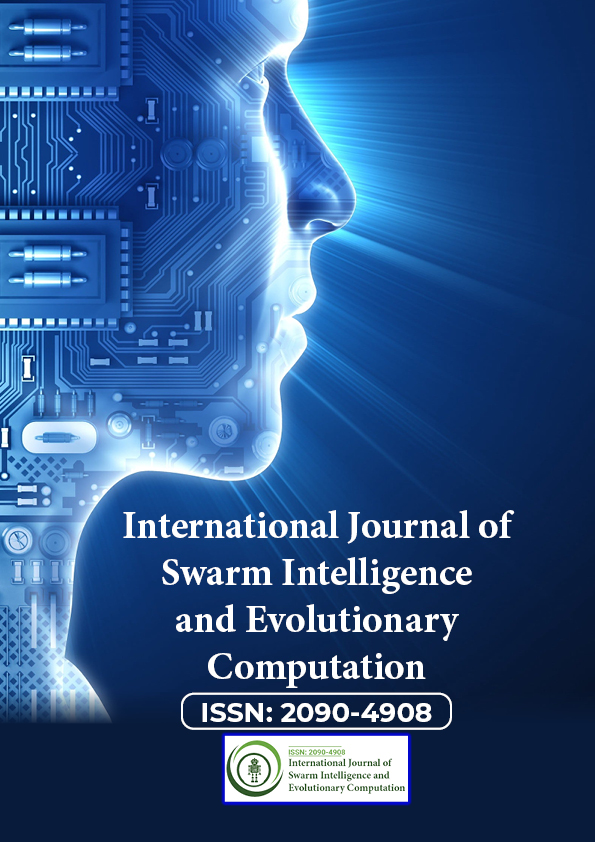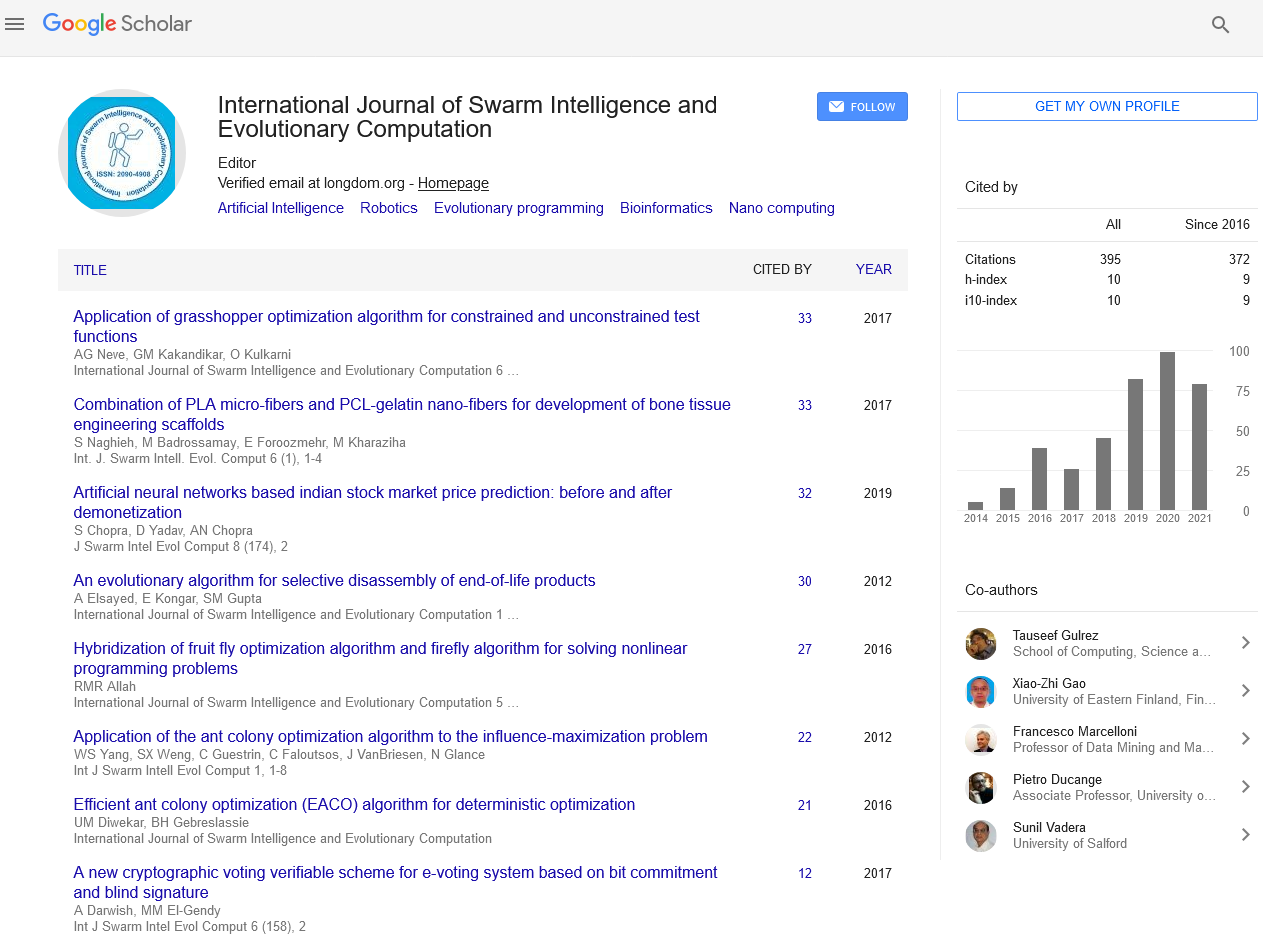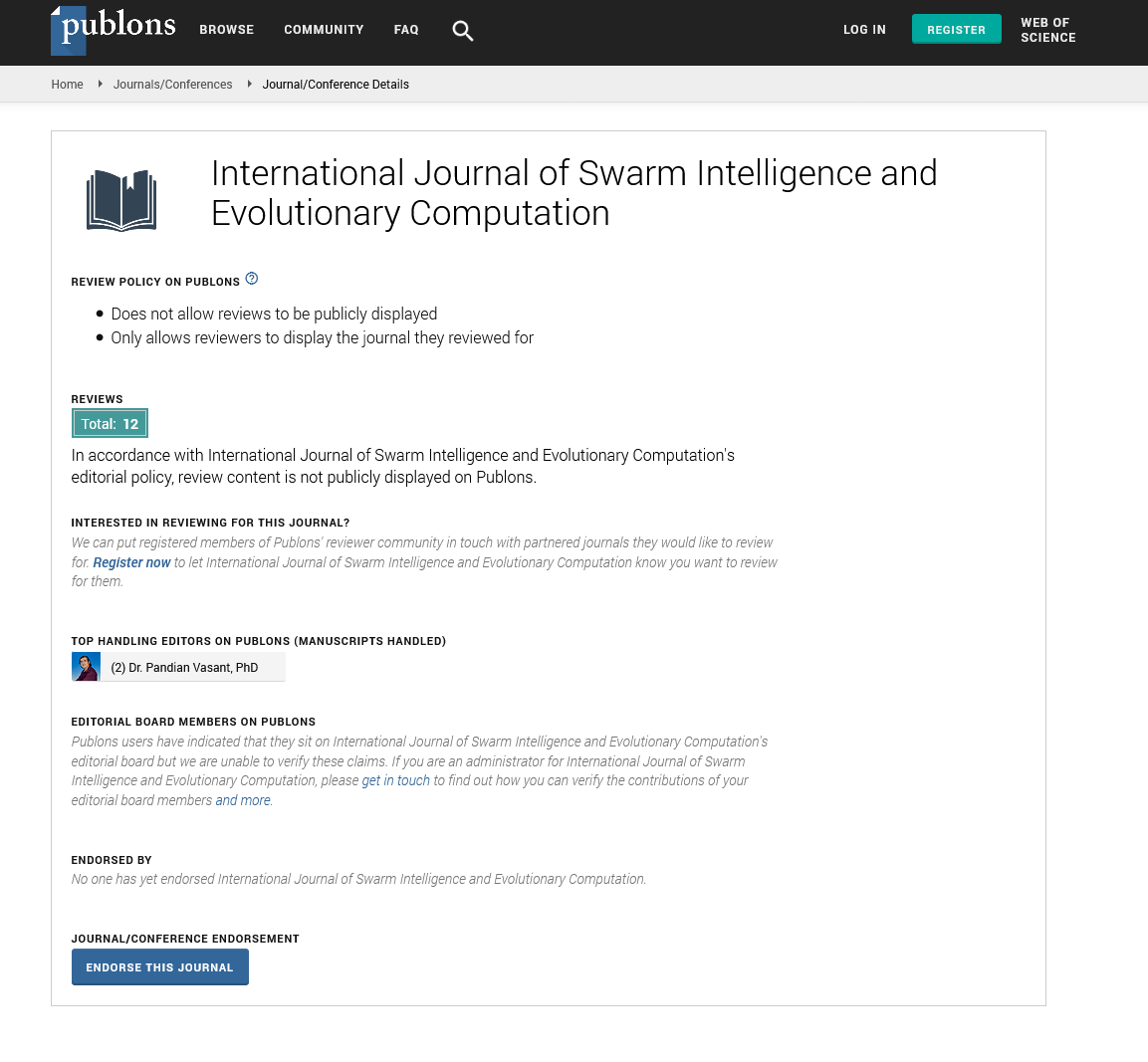Indexed In
- Genamics JournalSeek
- RefSeek
- Hamdard University
- EBSCO A-Z
- OCLC- WorldCat
- Publons
- Euro Pub
- Google Scholar
Useful Links
Share This Page
Journal Flyer

Open Access Journals
- Agri and Aquaculture
- Biochemistry
- Bioinformatics & Systems Biology
- Business & Management
- Chemistry
- Clinical Sciences
- Engineering
- Food & Nutrition
- General Science
- Genetics & Molecular Biology
- Immunology & Microbiology
- Medical Sciences
- Neuroscience & Psychology
- Nursing & Health Care
- Pharmaceutical Sciences
Abstract
Ozone Hole Area Prediction at Earth's North and South Poles by Marvel Interface
Siddheshwar Chopra*, Dipti Yadav , Anu Nagpal Chopra
This paper explores the possibility of predicting ozone hole area (Maximum Area) at North and South Pole usingArtificial Neural Network (ANN) and then developing the forecasting network by using Graphical User Interface (GUI)named MARVEL. Two models are designed for predictions: a) Ozone hole area prediction at North Pole and b)Ozone hole area prediction at South Pole. For both the models, the number of input parameters is taken as year,month, date, sunspot area, sunspot number and solar mean magnetic field. Here, more than 35 years of data isused for training purpose and then predictions are made from November 23, 2015 to September 30, 2016.Forecasting network (MARVEL) is developed to imbibe the properties of ANN. It can get trained with the most recentdata accessible to the user and then making future predictions for short (one day) and long term (months, years)durations, respectively. From the results, Mean Square Error (MSE) for Model 1 and Model 2 is found to be 6.7166DU and 0.3582 DU, respectively. It can be concluded that with 30 numbers of neurons and input and output transferfunctions as Tangent Sigmoid and pure linear, along with one hidden layer, the forecasting network predictions areplausible and appreciably close to actual observed values. It is to be noted that the change of ozone hole area atpoles have dynamic reasons behind it and sun parameters are not responsible for that. This paper is an attempt topresent the application of Artificial Neural Network of connecting the unrelated parameters and processe


